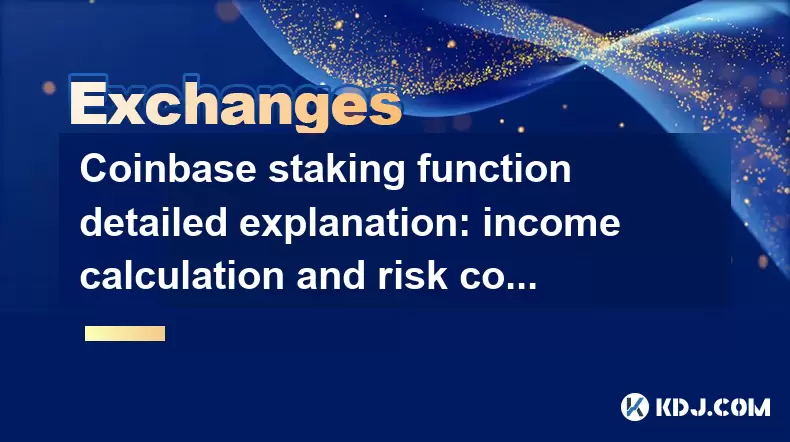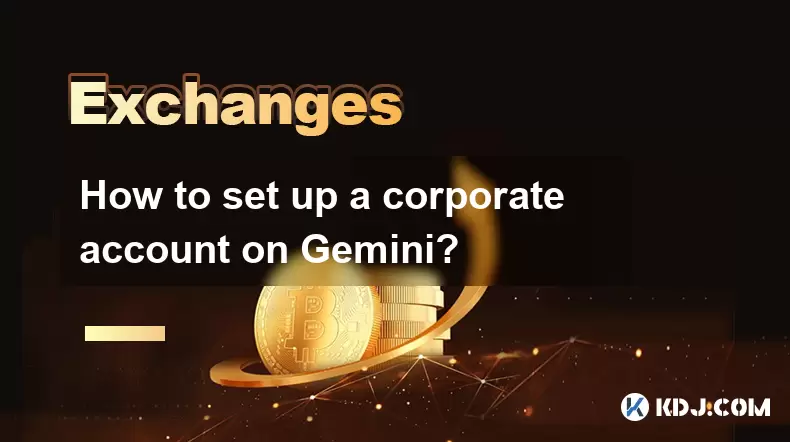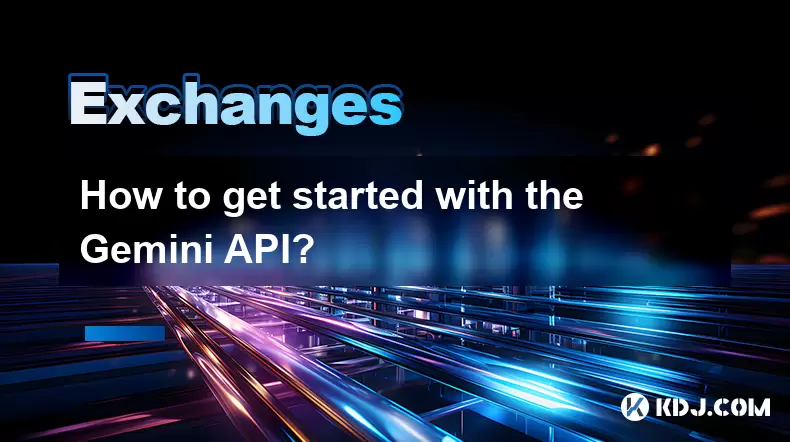-
 Bitcoin
Bitcoin $115000
0.12% -
 Ethereum
Ethereum $3701
4.50% -
 XRP
XRP $3.081
2.99% -
 Tether USDt
Tether USDt $0.0000
-0.01% -
 BNB
BNB $767.9
1.45% -
 Solana
Solana $169.5
3.13% -
 USDC
USDC $0.9999
0.01% -
 Dogecoin
Dogecoin $0.2106
4.30% -
 TRON
TRON $0.3334
1.62% -
 Cardano
Cardano $0.7564
2.54% -
 Stellar
Stellar $0.4165
0.76% -
 Hyperliquid
Hyperliquid $38.75
0.25% -
 Sui
Sui $3.593
3.00% -
 Chainlink
Chainlink $17.08
3.59% -
 Bitcoin Cash
Bitcoin Cash $573.6
4.35% -
 Hedera
Hedera $0.2508
-0.84% -
 Avalanche
Avalanche $23.07
6.46% -
 Ethena USDe
Ethena USDe $1.001
-0.02% -
 Litecoin
Litecoin $120.8
8.17% -
 UNUS SED LEO
UNUS SED LEO $8.943
-0.32% -
 Toncoin
Toncoin $3.400
-5.60% -
 Shiba Inu
Shiba Inu $0.00001255
1.54% -
 Uniswap
Uniswap $9.908
6.32% -
 Polkadot
Polkadot $3.718
2.10% -
 Monero
Monero $303.0
-0.74% -
 Dai
Dai $0.9999
-0.02% -
 Bitget Token
Bitget Token $4.392
0.91% -
 Cronos
Cronos $0.1403
6.31% -
 Pepe
Pepe $0.00001076
1.13% -
 Aave
Aave $267.2
1.80%
Coinbase staking function detailed explanation: income calculation and risk control
Coinbase's staking allows users to earn rewards on crypto holdings, with income calculated based on staked amount and APY, and risk controlled through security and slashing protection.
Jun 10, 2025 at 12:36 am

Coinbase, one of the leading cryptocurrency exchanges, offers a staking function that allows users to earn rewards on their cryptocurrency holdings. This article will delve into the details of Coinbase's staking function, focusing on how income is calculated and the measures in place for risk control.
What is Staking on Coinbase?
Staking on Coinbase involves holding certain cryptocurrencies in your account to support the operations of a blockchain network. In return, you receive rewards, typically in the form of additional cryptocurrency. This process is akin to earning interest in a traditional bank account, but instead, you are contributing to the security and efficiency of a blockchain.
Coinbase supports staking for several cryptocurrencies, including Ethereum (ETH), Cardano (ADA), and Solana (SOL). The specific cryptocurrencies available for staking may vary, so it's important to check Coinbase's current offerings.
How Income is Calculated on Coinbase Staking
The calculation of staking rewards on Coinbase depends on several factors, including the cryptocurrency being staked, the total amount of the cryptocurrency staked across the network, and the specific reward rate set by the blockchain protocol.
Cryptocurrency Staked: Different cryptocurrencies have different reward structures. For example, Ethereum's transition to Ethereum 2.0 introduced staking rewards that are distributed based on the amount of ETH staked.
Total Amount Staked: The total amount of a particular cryptocurrency staked across the network affects the individual reward rate. If more people are staking a particular cryptocurrency, the individual rewards may be diluted.
Reward Rate: Each blockchain has a set reward rate, which can change over time. Coinbase typically displays the current annual percentage yield (APY) for each stakable cryptocurrency.
To illustrate, let's consider an example with Ethereum:
- If you stake 1 ETH with an APY of 5%, your annual reward would be 0.05 ETH. This reward is calculated based on the amount staked and the current APY.
Coinbase automatically calculates and distributes these rewards to your account, typically on a weekly or monthly basis, depending on the cryptocurrency.
Risk Control Measures on Coinbase Staking
While staking can be a lucrative way to earn passive income, it comes with certain risks. Coinbase has implemented several measures to mitigate these risks and ensure a secure staking experience for its users.
Security: Coinbase employs robust security measures, including cold storage for the majority of user funds, two-factor authentication, and regular security audits. These measures help protect staked assets from theft and hacking attempts.
Slashing Protection: Some blockchain networks, like Ethereum 2.0, have a slashing mechanism that can penalize validators for malicious behavior or network downtime. Coinbase's infrastructure is designed to minimize the risk of slashing by ensuring that staked assets are managed responsibly.
Liquidity: Staked assets are typically locked for a period, which can vary by cryptocurrency. Coinbase provides clear information on the lock-up period for each stakable asset, helping users manage their liquidity needs.
Regulatory Compliance: Coinbase adheres to regulatory requirements in the jurisdictions where it operates, which helps mitigate legal and compliance risks associated with staking.
How to Start Staking on Coinbase
Starting to stake on Coinbase is a straightforward process. Here are the steps you need to follow:
Log into Your Coinbase Account: Ensure you have a verified Coinbase account.
Navigate to the Staking Section: On the Coinbase platform, find the staking section. This is usually accessible from the main menu or under the specific cryptocurrency you wish to stake.
Select the Cryptocurrency to Stake: Choose the cryptocurrency you want to stake. Ensure you have the minimum required amount to stake, as this can vary by cryptocurrency.
Confirm the Staking: Review the terms and conditions, including the lock-up period and potential rewards. Once you agree, confirm the staking action.
Monitor Your Rewards: Keep an eye on your account to track the rewards being added to your balance.
Understanding the Lock-up Period
The lock-up period is an important aspect of staking that users must be aware of. This period refers to the time during which your staked assets are not accessible for withdrawal. The duration of the lock-up period varies by cryptocurrency and can range from a few days to several months.
For example, Ethereum 2.0 staking has a lock-up period of several months, during which you cannot withdraw your staked ETH. Coinbase clearly communicates these lock-up periods to help users plan their staking strategy accordingly.
Tax Implications of Staking Rewards
Staking rewards are considered taxable income in many jurisdictions. The specific tax treatment can vary depending on your country of residence and local tax laws. Coinbase provides users with a tax report that includes staking rewards, which can be used to report these earnings to tax authorities.
It's advisable to consult with a tax professional to understand your specific tax obligations related to staking rewards. Keeping detailed records of your staking activities can also help with tax reporting.
Frequently Asked Questions
Q1: Can I unstake my assets at any time?
A1: The ability to unstake assets depends on the specific cryptocurrency and its lock-up period. Some cryptocurrencies allow you to unstake at any time, while others require you to wait until the lock-up period ends. Always check the terms for the cryptocurrency you are staking.
Q2: What happens if the price of the staked cryptocurrency drops?
A2: Staking rewards are typically paid in the same cryptocurrency you are staking. If the price of the cryptocurrency drops, the value of your rewards in fiat currency will also decrease. However, you still receive the same amount of cryptocurrency as a reward.
Q3: Is there a minimum amount required to start staking on Coinbase?
A3: Yes, each cryptocurrency has a minimum amount required for staking. This minimum can vary, so it's important to check the specific requirements for the cryptocurrency you are interested in staking.
Q4: Can I stake multiple cryptocurrencies at the same time on Coinbase?
A4: Yes, you can stake multiple cryptocurrencies simultaneously on Coinbase, as long as each meets the minimum staking requirements and you have the necessary funds in your account.
Disclaimer:info@kdj.com
The information provided is not trading advice. kdj.com does not assume any responsibility for any investments made based on the information provided in this article. Cryptocurrencies are highly volatile and it is highly recommended that you invest with caution after thorough research!
If you believe that the content used on this website infringes your copyright, please contact us immediately (info@kdj.com) and we will delete it promptly.
- Shiba Inu's Ranking: What's Happening with the Cryptocurrency?
- 2025-08-05 19:10:13
- Cryptos Under $1: BlockchainFX vs. Shiba Inu - What's the Hype?
- 2025-08-05 19:10:13
- MYX Finance Price Surge: Is the Stock Jump Justified?
- 2025-08-05 18:30:12
- Crypto, CeFi, and Trust Gaps: Why the Issues Persist in 2025
- 2025-08-05 18:30:12
- Solana Memecoin Launchpads: A Wild Ride with LetsBONK.fun Leading the Charge
- 2025-08-05 17:30:12
- Crypto Volatility & Token Unlocks: Navigating the Storm
- 2025-08-05 16:30:13
Related knowledge

How to set and manage alerts on the Gemini app?
Aug 03,2025 at 11:00am
Understanding the Gemini App Alert SystemThe Gemini app offers users a powerful way to stay informed about their cryptocurrency holdings, price moveme...

How to use the Gemini mobile app to trade on the go?
Aug 04,2025 at 09:14am
Setting Up the Gemini Mobile AppTo begin trading on the go using the Gemini mobile app, the first step is installing the application on your smartphon...

How to set up a corporate account on Gemini?
Aug 05,2025 at 03:29pm
Understanding Gemini Corporate AccountsGemini is a regulated cryptocurrency exchange platform that supports both individual and corporate account crea...

What to do if you forgot your Gemini password?
Aug 04,2025 at 03:42am
Understanding the Role of Passwords in Gemini AccountsWhen using Gemini, a regulated cryptocurrency exchange platform, your password serves as one of ...

What are the websocket feeds available from the Gemini API?
Aug 03,2025 at 07:43pm
Overview of Gemini WebSocket FeedsThe Gemini API provides real-time market data through its WebSocket feeds, enabling developers and traders to receiv...

How to get started with the Gemini API?
Aug 05,2025 at 12:35pm
Understanding the Gemini API and Its PurposeThe Gemini API is a powerful interface provided by the cryptocurrency exchange Gemini, enabling developers...

How to set and manage alerts on the Gemini app?
Aug 03,2025 at 11:00am
Understanding the Gemini App Alert SystemThe Gemini app offers users a powerful way to stay informed about their cryptocurrency holdings, price moveme...

How to use the Gemini mobile app to trade on the go?
Aug 04,2025 at 09:14am
Setting Up the Gemini Mobile AppTo begin trading on the go using the Gemini mobile app, the first step is installing the application on your smartphon...

How to set up a corporate account on Gemini?
Aug 05,2025 at 03:29pm
Understanding Gemini Corporate AccountsGemini is a regulated cryptocurrency exchange platform that supports both individual and corporate account crea...

What to do if you forgot your Gemini password?
Aug 04,2025 at 03:42am
Understanding the Role of Passwords in Gemini AccountsWhen using Gemini, a regulated cryptocurrency exchange platform, your password serves as one of ...

What are the websocket feeds available from the Gemini API?
Aug 03,2025 at 07:43pm
Overview of Gemini WebSocket FeedsThe Gemini API provides real-time market data through its WebSocket feeds, enabling developers and traders to receiv...

How to get started with the Gemini API?
Aug 05,2025 at 12:35pm
Understanding the Gemini API and Its PurposeThe Gemini API is a powerful interface provided by the cryptocurrency exchange Gemini, enabling developers...
See all articles

























































































